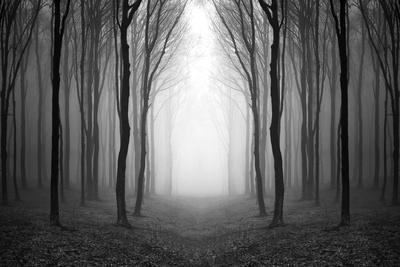

Pros and Cons of Dark Woodsĭark woods are attractive for many reasons but also unattractive in some circumstances. Naturally, dark wood types are the best for important projects. So, it’s up to you to decide what type of “dark” wood you want. Similarly, red oak darkens considerably when treated with an insecticide or fungicide. For instance, walnut and cherry substantially darken when steamed. However, this color change is typically less than 1/100th of an inch deep.įinally, wood can also darken due to the treatment or finishing. This color change is most noticeable between the time the tree is felled and when the logs are stacked for drying. For instance, oxidation causes some woods to become darker and others lighter. How? By altering the chemical composition of the wood. Sunshine affects wood color during the tree’s growth and even after turning the wood into furniture or other wooden items. The third factor is sunshine (light and heat). Remember that age covers the wood’s whole life, including after it’s sawn. Not often do you find younger, darker woods becoming lighter-colored with age. Generally, younger trees generate lighter-colored wood planks, but the same species produce darker lumber as they age. These components determine the natural color of the wood and can cause dramatic changes to wood color as the tree grows and even as it dries. First, and most importantly, is the wood’s natural properties, especially lignins (the glues that bind cellulose wood fibers) and extractives (exotic compounds found in some wood). Why Are Some Woods Darker than Others?įour factors determine the color of lumber. Purple, deep greys, and ultra-violets also qualify as dark colors. So, technically, dark woods range from naturally black species to dark brown or reddish brown woods. This usually happens when the material absorbs much of the light hitting it. A color is “dark” if it has a low light intensity. The term “dark wood” refers to wood species with a dark color. Its deep chocolate tones make it almost black. However, American black walnut isn’t too far behind. All its varieties, from Nigerian Ebony to the Cameronian and Cylon species, are very dark brown to almost jet black. What is the Darkest Wood?Įbony is the darkest wood species.

So, today, we want to highlight the best natural dark wood types you can turn to when you want something more classic or dramatic for your project. Similarly, some wood stains transform white wood items into dark brown. Even better, you can bring out lighter or darker shades of certain wood species through finishing.įor instance, a few oils can transform a rich brown chair into a darker brown shade. It’s one of the reasons many people adore wooden items. Wood comes in hundreds of natural styles, from light-colored options such as pale brown, yellow-white, and pale pinkish brown woods to darker colors, including dark brown, reddish brown, and black.


 0 kommentar(er)
0 kommentar(er)
